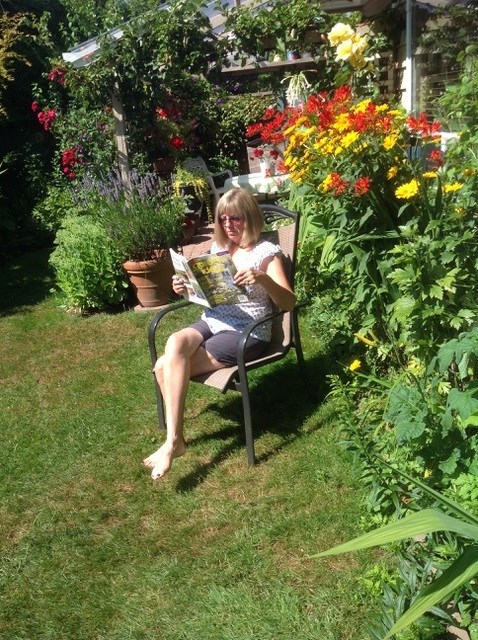“Flowers are wilting
My enthusiasm, too
Only weeds survive.”
– Gaia Garden
Shake off your summer laziness and get back into your garden. There are chores to do to keep your plants looking good to enjoy a longer display of blooms.
Regularly dead-head spent blooms, keep plants well-watered, use grey water where possible, and weed, weed, weed. Weeds love the sunshine and can steal nutrients from your plants.
The month of July is a great time to plant fall-flowering bulbs, such as Autumn crocuses, Colchicum, Sternbergia, Amaryllis and Nerine.
Cutting back plants in hanging or potted containers, followed by feeding, can encourage new growth and help revive tired displays. Visit your favourite nurseries and pick up some new plants to add life to your hot and tired pots.
Cut back delphiniums and geraniums after the first flush of flowers to encourage a second flowering period. Feed after cutting back.
Deadhead flower borders regularly to prolong flowering. Disbud and deadhead dahlias if growing for large blooms. Leave roses that produce attractive rose hips. Divide clumps of bearded iris.
In-fill patches of carpet-like growing plants such as campanula medium and Canterbury bells that have some central areas dying off, with compost to encourage re-growth.
Make sure you have plenty of stakes on hand. This is the time of year for tall perennials that will need some propping up. Lupins, delphiniums, crocosmia and gladioli need some help to stay tall and show off their majestic blooms.
Remember to keep feeding your containerized plants and keep them watered during the dry spells. Late-flowering perennials such as echinacea and helenium will benefit from quick-acting feed before they bloom. Choose organic fertilizers as much as possible.
As our hot, summer days continue, make sure to add organic mulch to your gardens beds – at least two to three inches. If you do not have compost, pick up organic mulch from your favourite nursery. Mulching helps with keeping weeds down and is an excellent way to retain moisture during the dry periods.
And finally, before you pull out your lawn chairs, check for any pests or diseases in your garden beds. Watch out for aphids on stems and leaves of young shoots and on your roses. Giving them a shot of soapy water or just removing them by hand will deal with these little bugs.
In dry weather, powdery mildew can play havoc with plants such as clematis, roses and Lonicera. Be careful to keep water off the leaves of these plants.
Now you can grab a few seed catalogues, some great gardening books, find a shady spot in your lush garden and dream.
Lynda Pasacreta is the current president of the Richmond Garden Club. For more information, visit RichmondGardenClub.ca



